The world's oldest universities
It would be reasonable to assume that the oldest universities in the world are located in Greece, Rome or elsewhere in Europe. Yet, the world's oldest continuously operating universities actually trace back to North Africa. Influenced by the Muslim thirst for knowledge during the Islamic Golden Age, the four oldest universities in the world were founded in the 8th-10th Century in Tunisia, Morocco, Egypt and Mali.
That is according to research by Erudera, a global university and academic program search platform. It says the oldest university in the world in continuous operation is the Ez-Zitouna University in Tunisia, established in 737.
Erudera says its research shows that very few women have established the first university in a country. One of those exceptions was the Al Quaraouiyine in Morocco - the world's second-oldest university established by Fatima al-Fihri in 859.
In the 10th Century, the third and fourth oldest universities emerged; the iconic Al Azhar in Egypt and the Sankore Madrasah in Mali.
Despite Africa being a pioneer in establishing higher education institutions, the research shows that among the top 100 countries that had their universities established first, only ten are African. In fact, 43 out of 54 African countries had their first university established only after 1950.
Oldest Universities in Europe and Asia
While the educational systems in Muslim lands thrived, Europe languished in the Dark Ages. Though problems of definition make it difficult to date the origins of universities, many believe the first universities in Europe were influenced by the madrasahs and educational institutions in those Muslim countries. The modern academic model in the West can be traced back to madrasahs, which had features living quarters for students, specialised faculties, and exams.
According to Erudera's research, Europe's first university popped up in the 11th Century - 350 years after Tunisia's Ez-Zitouna. The University of Bologna in Italy was the first, founded in 1088, followed by the UK's Oxford University in 1096.

In Asia, Muslim influence again played a significant role. The University of Economic Sciences in Iran, now part of the Kharazmi University, was founded in 1315. It is Asia's first university and the 9th oldest in the world.
The second oldest Asian university is Sungkyunkwan University in South Korea (1398). The third oldest in Asia was also influenced by Muslim rule - the Istanbul University in Türkiye (1453).
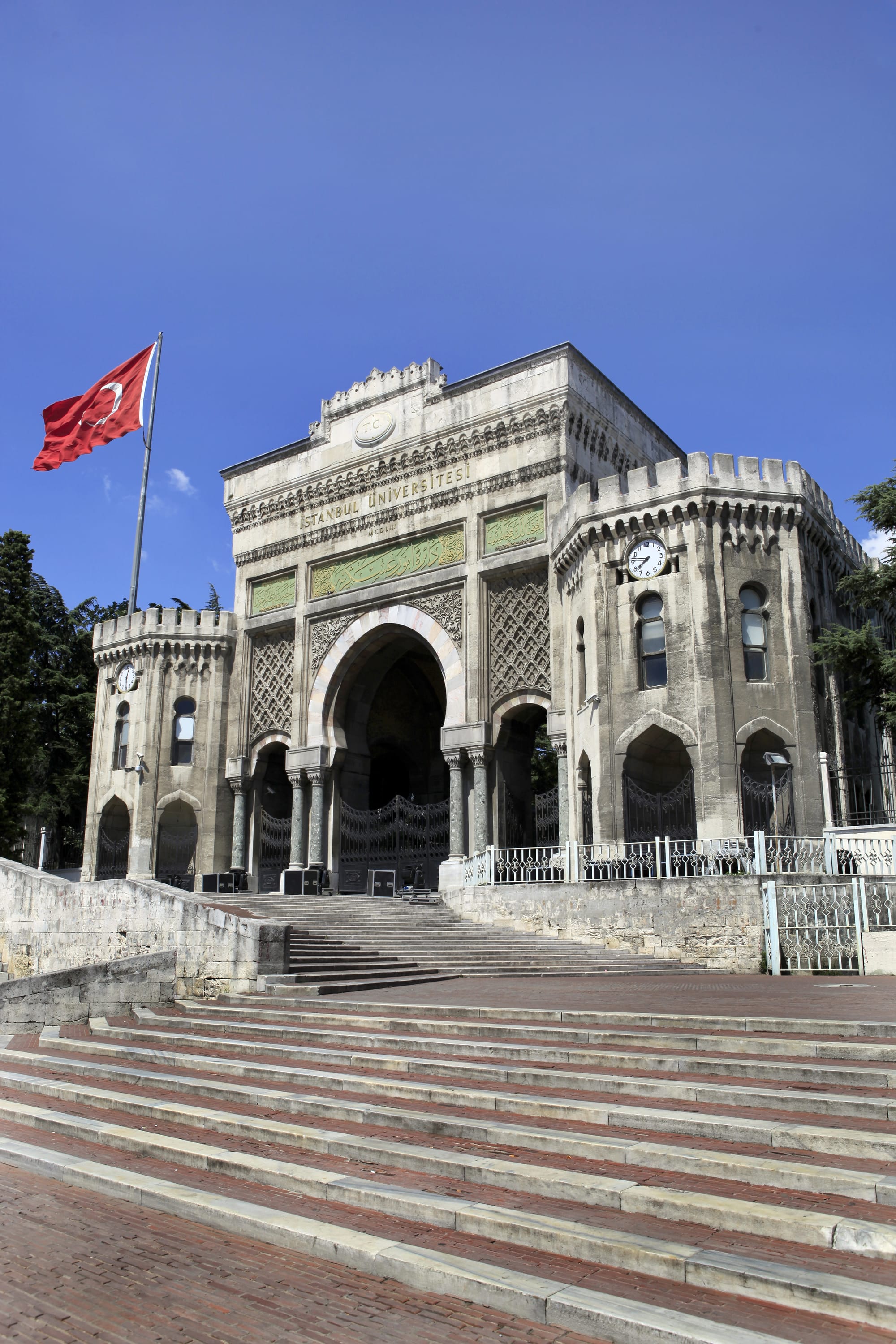
Ancient Türkiye was also home to prestigious centres of learning. The Harran University in Sanliurfa, founded by Umayyad caliph Umar II in 717, is sometimes considered the world's oldest university. Closing its doors in the 16th century, at its peak over 8,000 students pursued a diverse curriculum spanning arts, sciences, and Islamic studies. Seeking to elevate Harran as an academic powerhouse, Caliph Umar II appointed many prominent scholars to study at the institution.
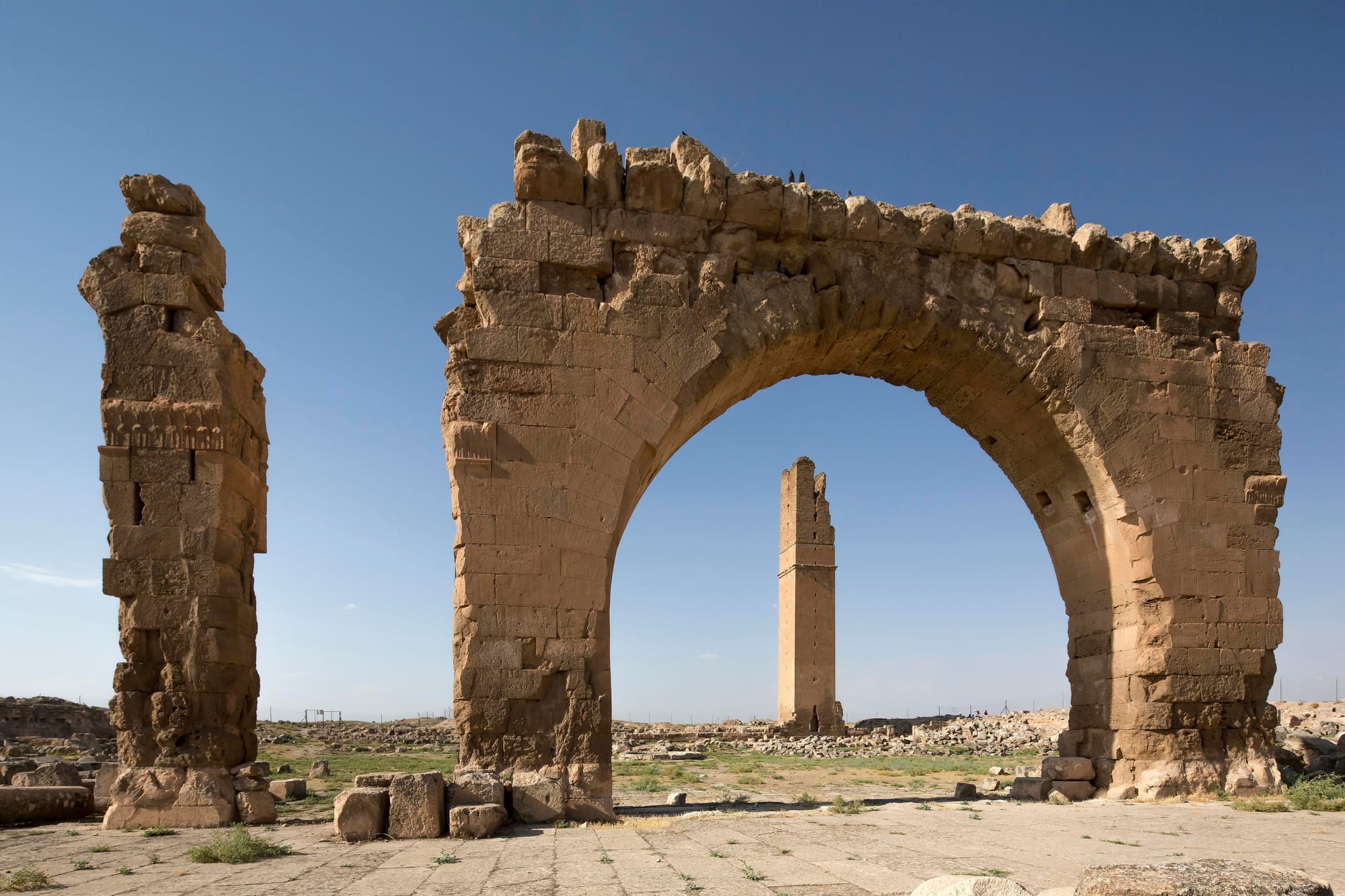
In North America, the first universities were founded in Latin America and the Caribbean in the 16th Century. Pope Paul III built the first two; St. Thomas Aquinas University in Dominica and the Autonomous University of Santo Domingo in the Dominican Republic. The third oldest university is the National Autonomous University of Mexico, founded in 1551 by the King of Spain, Carlos I. The first university in the US was Harvard University, established in 1636.

North Africa’s legacy of learning
Ez-Zitouna University - Tunis, Tunisia
The oldest university in the world in continuous operation is the Ez-Zitouna University in Tunis. Established in 737 during the Umayyad Caliphate, the university originated in the Al-Zaytuna Mosque and was also a Madrasah. The university initially served as a hub for religious and Islamic jurisprudence. It has since incorporated more contemporary education while still upholding its traditional Islamic foundations. Famous alumni include the scholar Abdul-Rahman Ibn Khaldun and Tunisian poet Aboul-Qacem Echebbi.
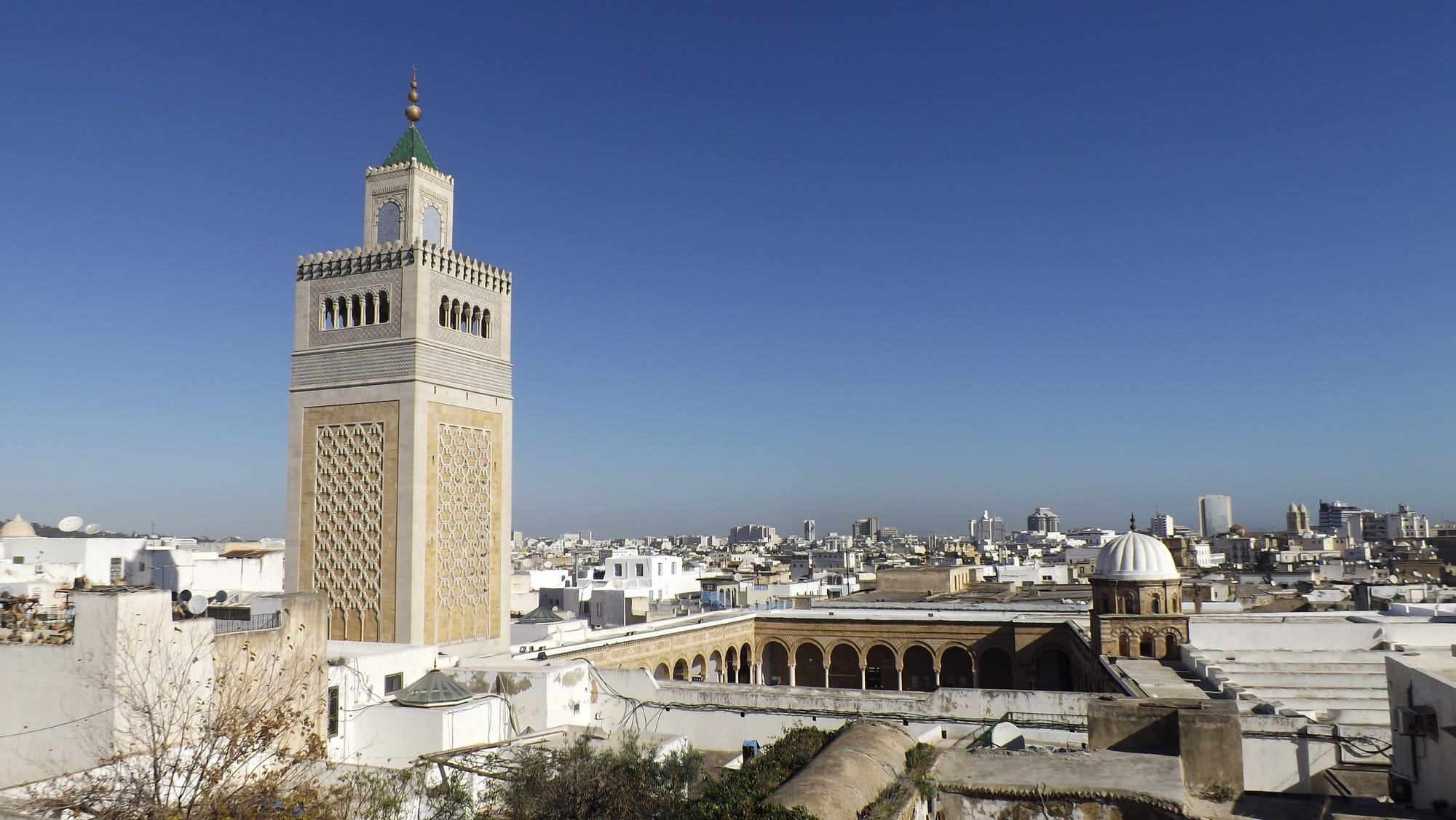
Al Quaraouiyine University - Fes, Morocco
The Al Quaraouiyine University in Fes, established in 859, was founded by Fatima al-Fihri and became one of the leading educational centres of the Islamic Golden Age. She is believed to have used the money inherited from her father to build the mosque, which later developed into a teaching institution and then a university. Though the second oldest university on this list, according to UNESCO and Guinness World Records, it is the world's first degree-awarding educational institution. Famous alumni who have studied there include the Muslim philosopher Ibn Rushd, Pope Sylvester II (who is said to have introduced Arabic numerals to Europe after studying here), and Maimonides – the famed Jewish philosopher.
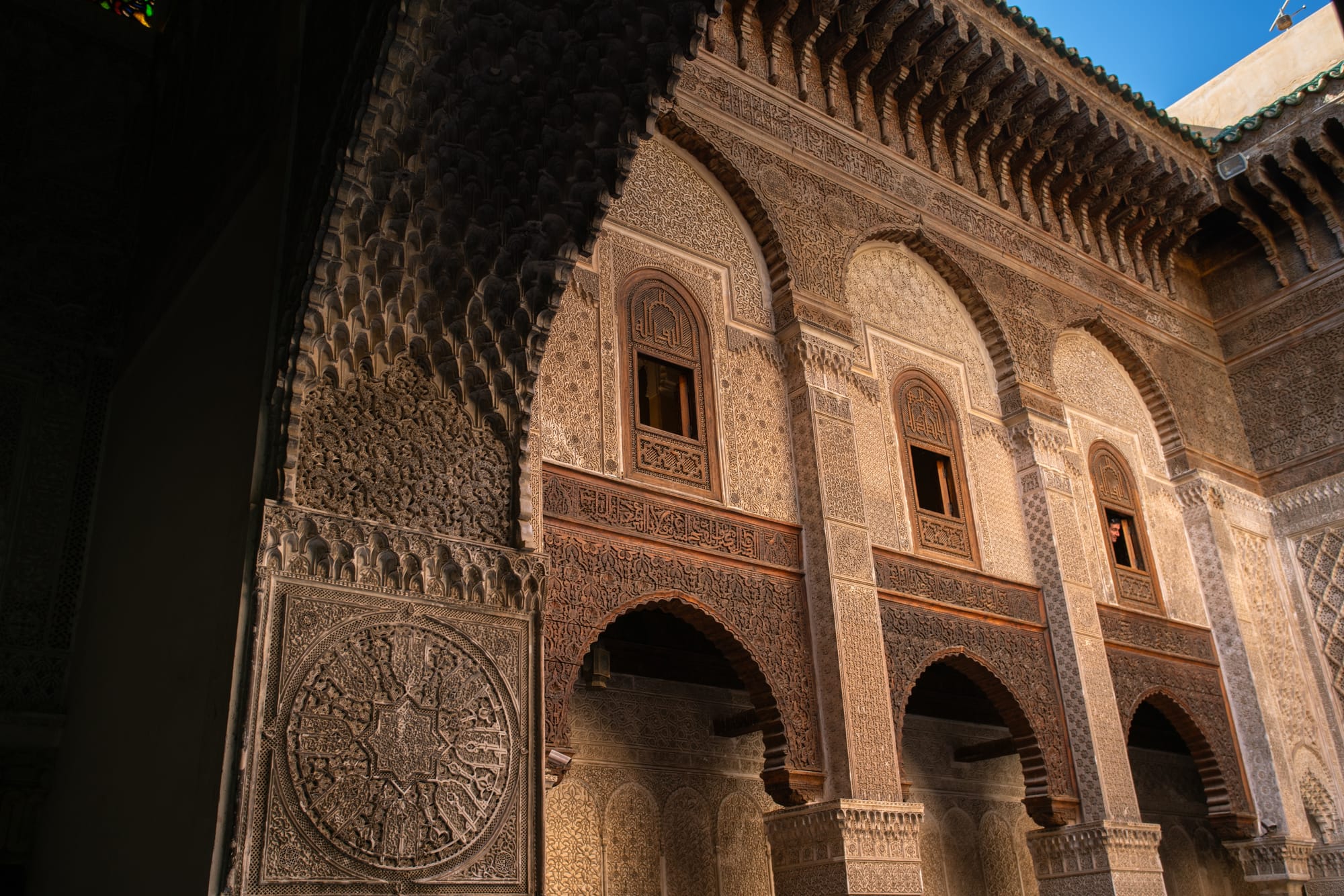
Al-Azhar University - Cairo, Egypt
Al-Azhar University in Cairo is one of the most venerated educational institutions in the Muslim world, renowned for its pivotal role in Islamic scholarship and learning. Established in 970 AD during the Fatimid Caliphate, it was founded to teach Islamic jurisprudence, Quranic studies, and theology. It gradually expanded its curriculum to encompass various subjects within Islamic sciences, Arabic language, philosophy, and other disciplines. Today, Al-Azhar is not just a university but a revered institution that Sunni Muslims turn to for guidance and counsel. Notable alumni include the mediaeval mathematician and physicist Ḥasan Ibn al-Haytham, referred to as "the father of modern optics," and the 15th-century scholar Ibn Hajar Asqalani.
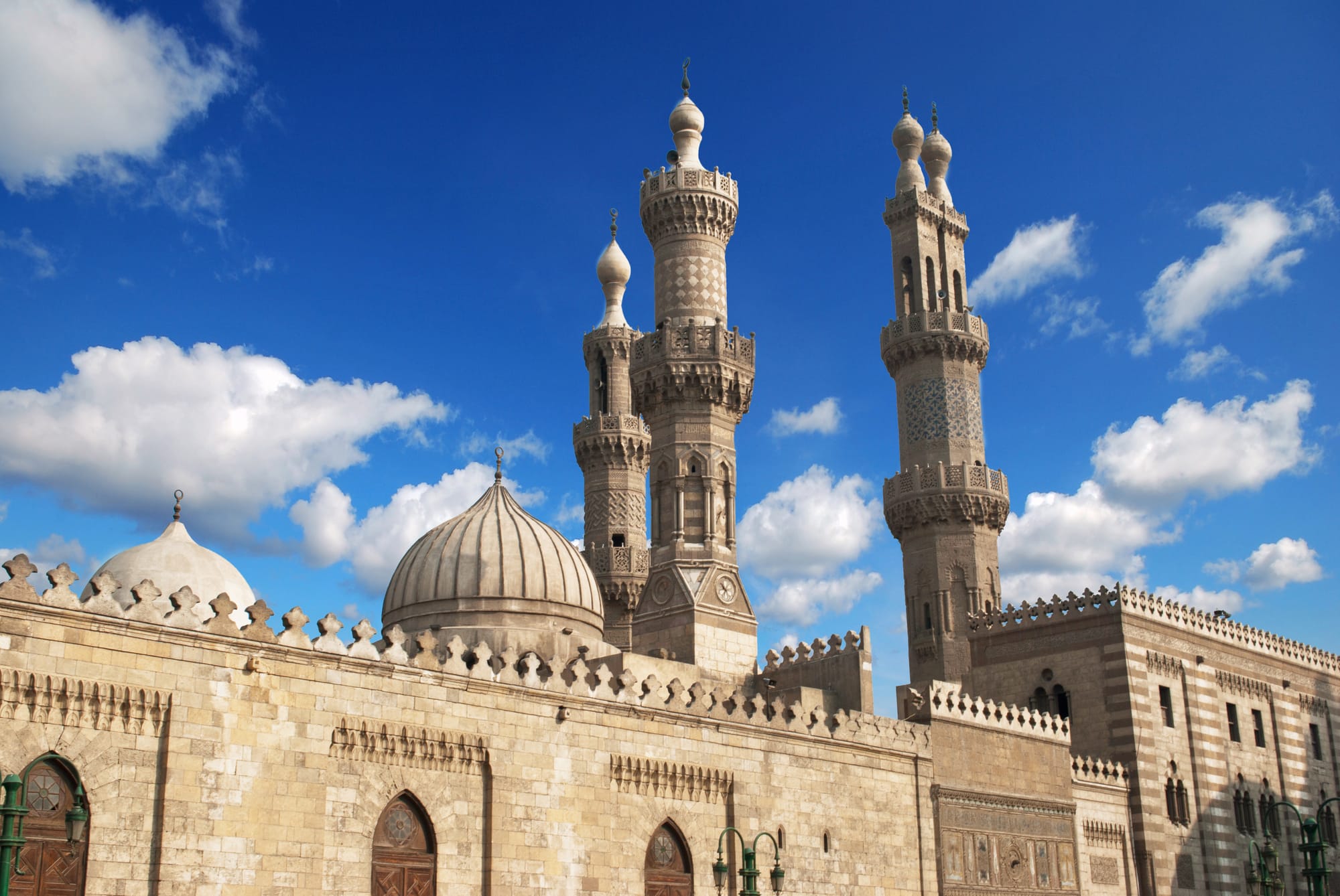
Sankore Mosque and University — Timbuktu, Mali
The fourth oldest university in the world was founded in 989. The Sankore Mosque in Timbuktu was turned into a madrasah by ruler Mansa Musa, often described as the wealthiest person in history. The madrasah, at one stage, was reported to have housed 25,000 students (in a city of 100,000) from various countries and had one of the largest libraries in the world.
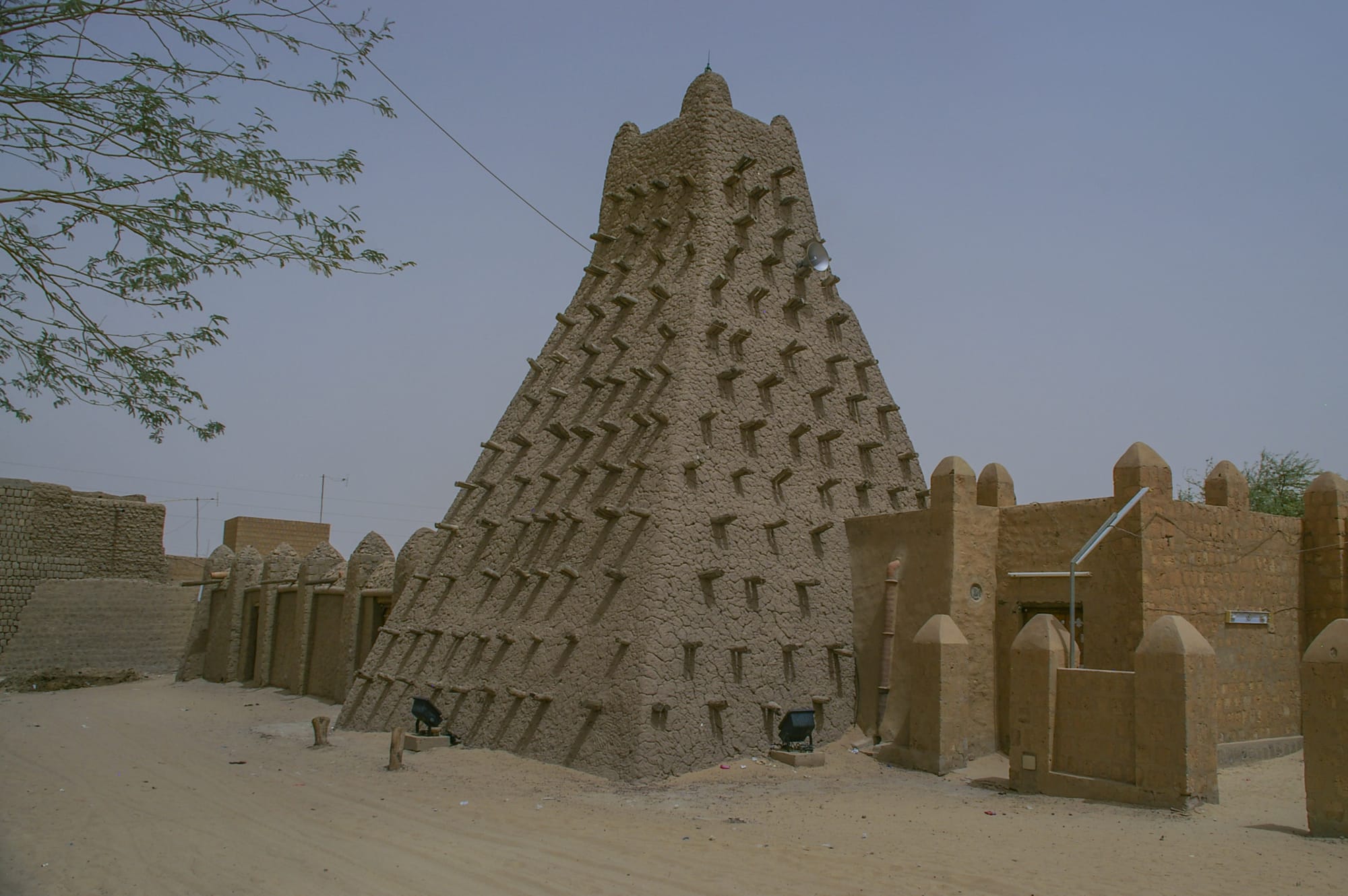
Muslim influence in Europe
Erudera's research looks at the world's oldest universities still operating today. But many learning institutions in Europe, now sadly no longer standing, were established by Muslims.
The peak came with the Umayyad Caliphate in 10th-century Spain. The period is often described as a 'golden age' of learning where libraries and educational institutions were established in the al-Andalus regions. Along with Seville and Granada, Cordoba was an intellectual hub in the West. So much so that European aristocrats often sent their children to study sciences like chemistry, physics, medicine and astronomy at these Muslim institutions.
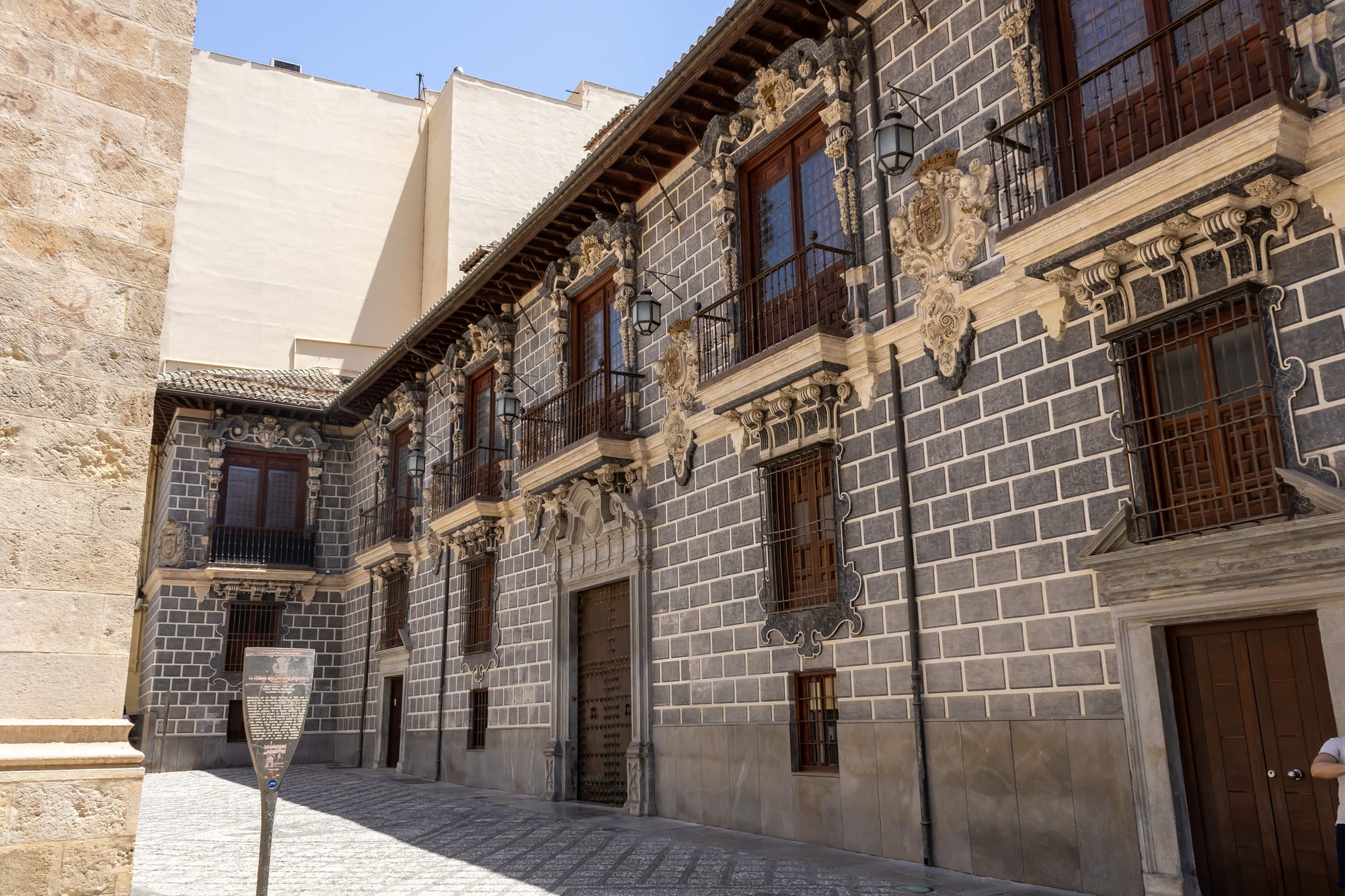
Discover the Umayyad heritage of Spain in our dedicated blog article: “Spain - a destination rediscovering its Umayyad heritage”.
